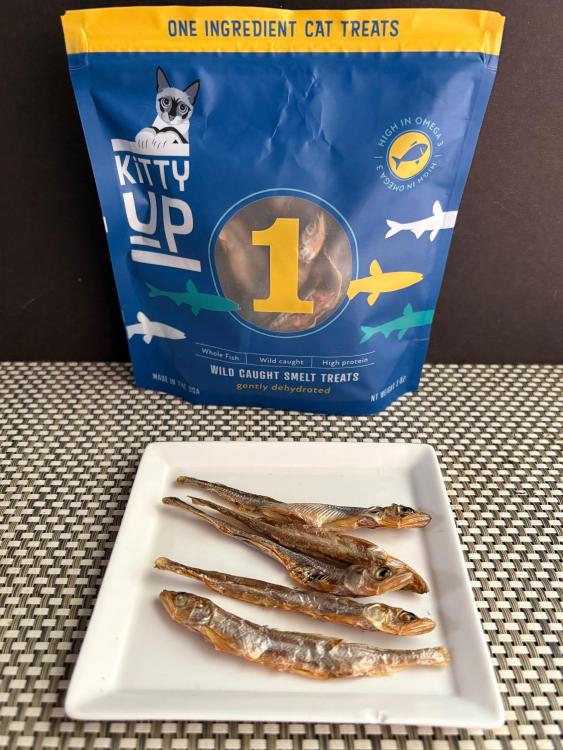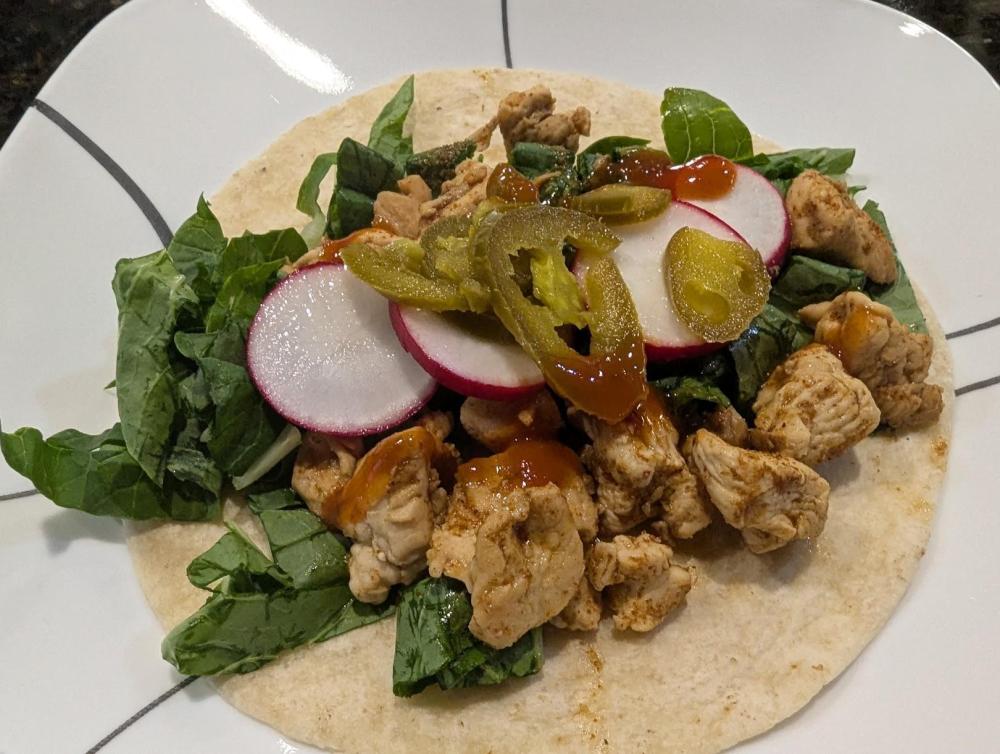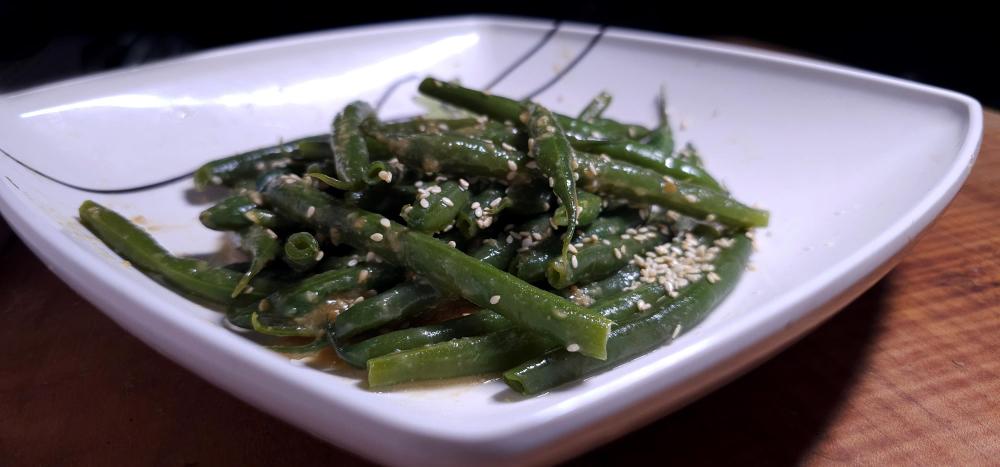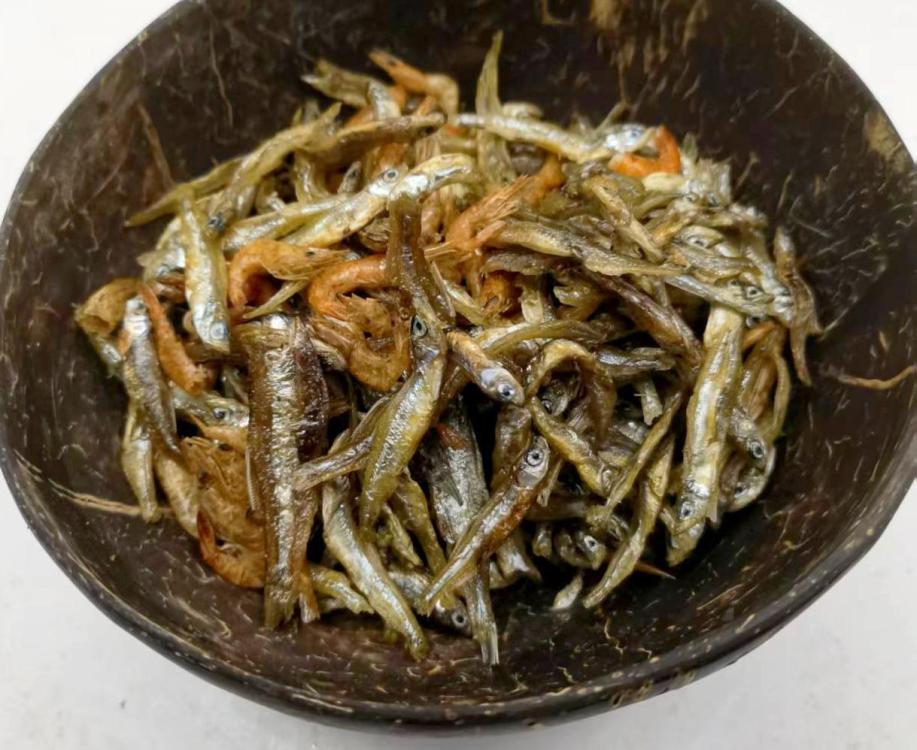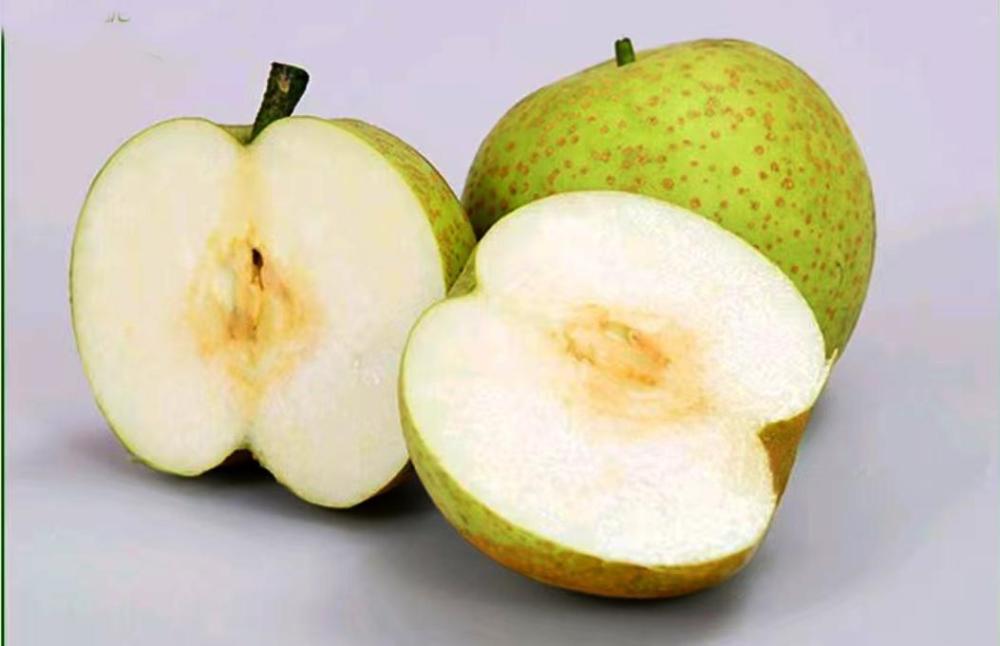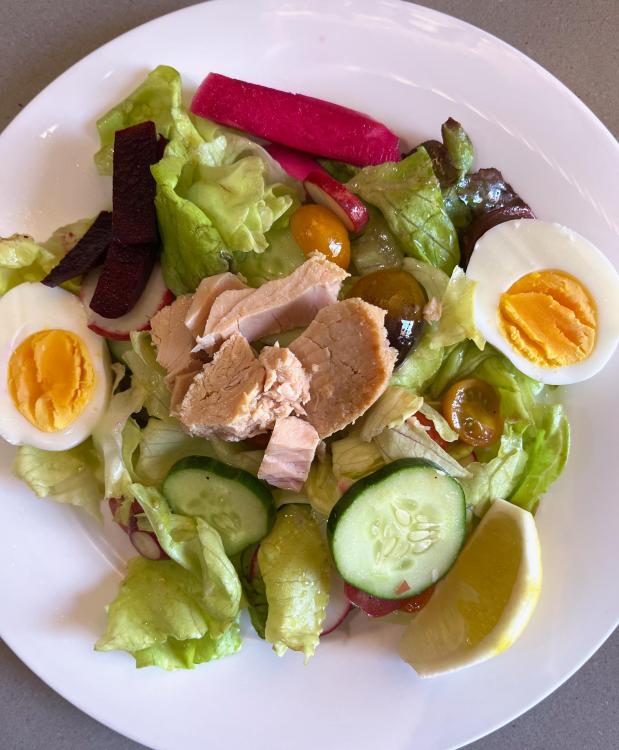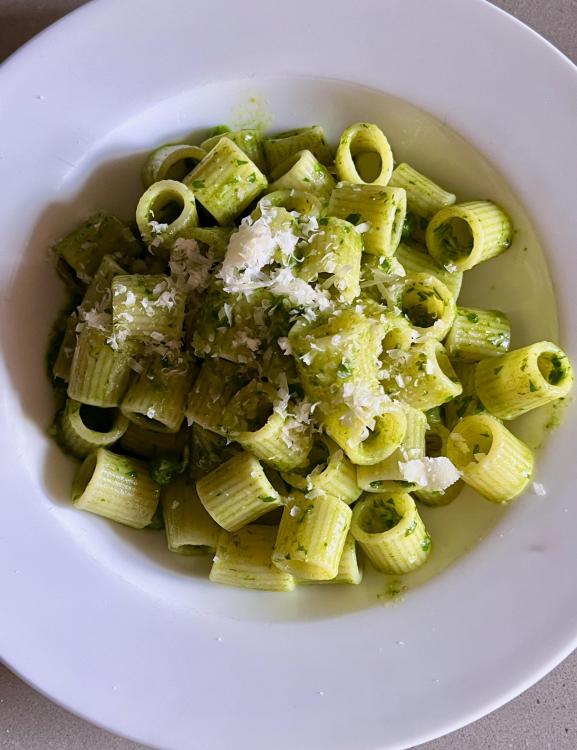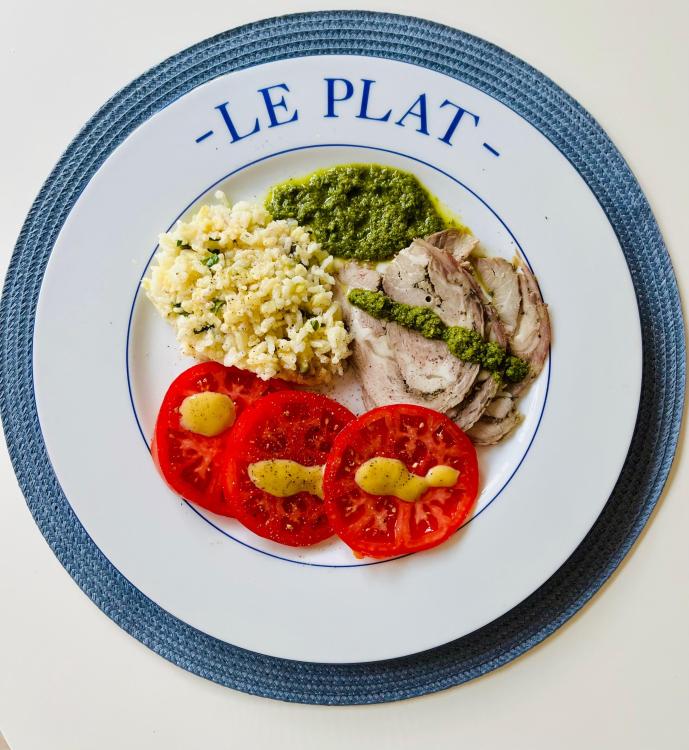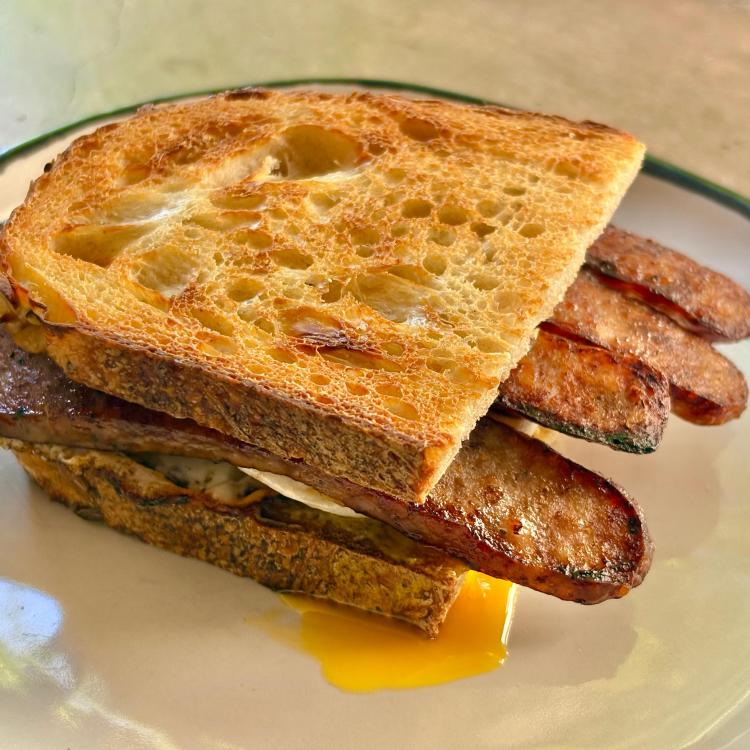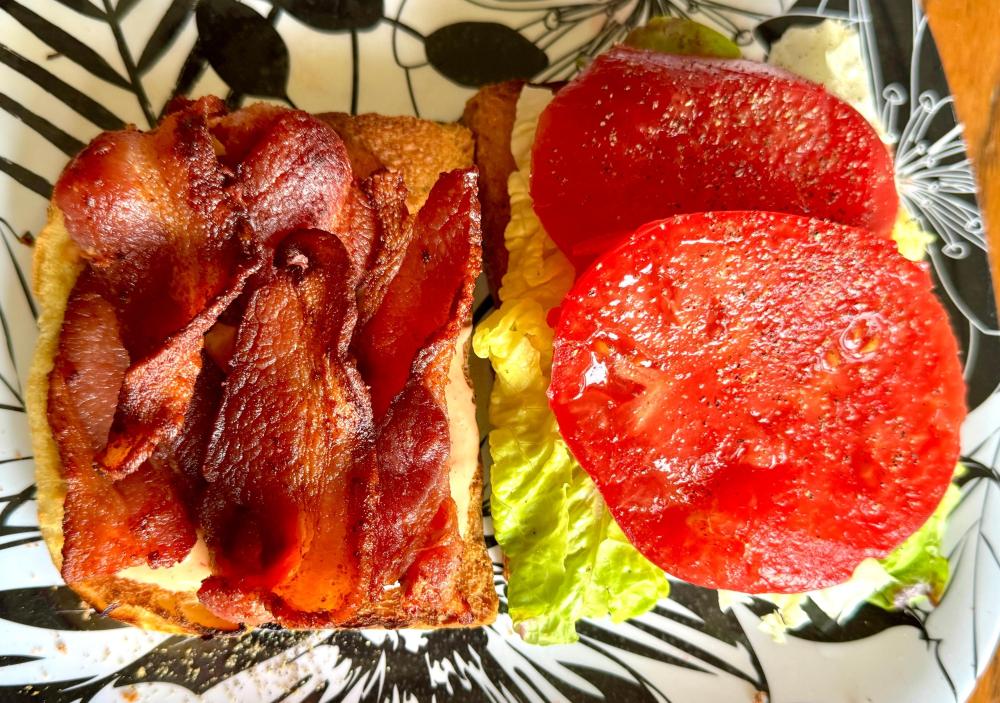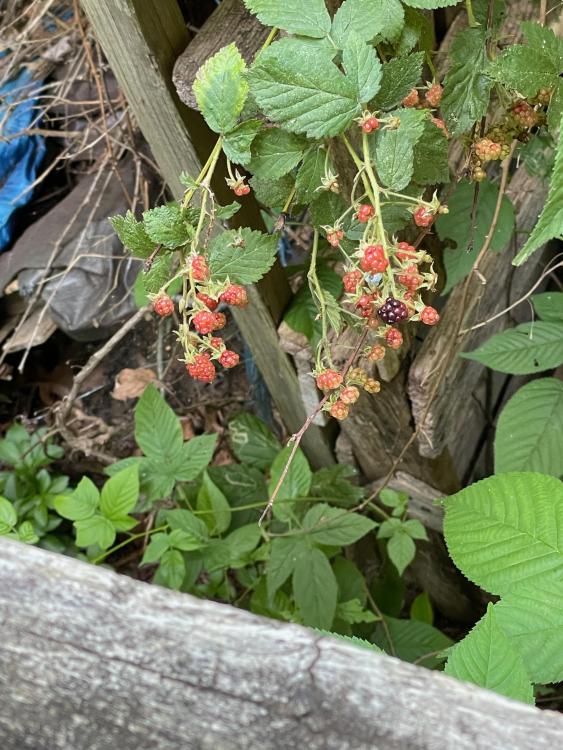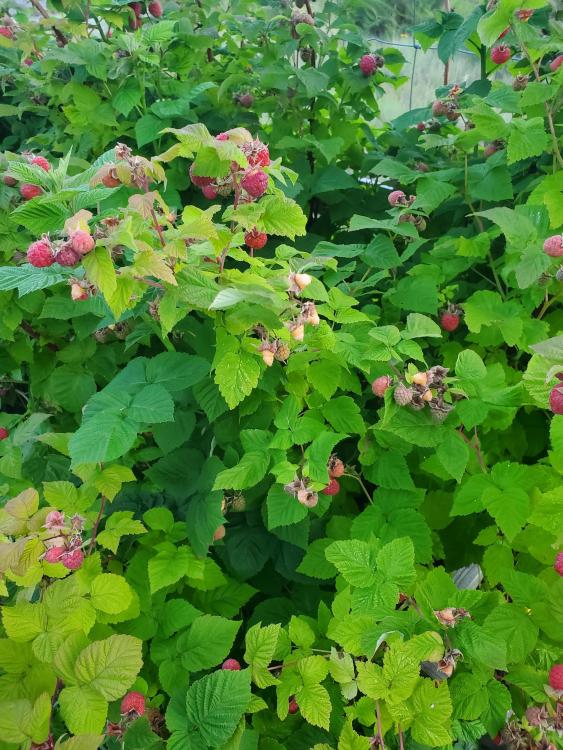-
Welcome to the eG Forums, a service of the eGullet Society for Culinary Arts & Letters. The Society is a 501(c)3 not-for-profit organization dedicated to the advancement of the culinary arts. These advertising-free forums are provided free of charge through donations from Society members. Anyone may read the forums, but to post you must create a free account.
All Activity
- Past hour
-
And what is the missing 7-degrees between simmering and boiling called and what would you cook at those temps?
-
@blue_dolphin interesting article . thank you for sharing.
-
This article has a pretty good boil vs simmer discussion.
-
-
This is true, but bubbles start to develop at lower temperatures. "Simmer" covers a much wider range of temperatures than I'd thought back then, and the observed, for-practical-cooking-purposes boil happens at slightly less than 100C. In addition, the viscosity affects boiling point when it isn't pure water.
-
Exactly, once 100C is attained, any extra energy goes to the latent heat of vaporization.... So the more heat energy there is, the more violent the boil as there's more vaporization, but temp stays the same.
- Today
-
You could try Wondra flour, but on advice from an Asian cooking show, I've stopped using corn starch and use potato starch. It's very forgiving and I plan on trying it for other non-flour thickeners. Make a slurry in water and stir in.
-
But boiling water never exceeds 100℃ at sea level or whatever temperature appertains a different altitudes. In any one place, there is no difference in temperature between a boil and a hard boil.
-
@TdeV To answer your question about the shelf life of arrowroot, the simple answer, per the author of the linked srticle, is "I have found arrow root to have a limited shelf life." https://www.realbakingwithrose.com/blog/2014/04/05/the_secret_shelf_life_of_arrow
-
This is a pop tart ice cream sandwich. Available only at Walmart. Shown being admired by Rocco. Other devotee’s include my middle son. I don’t get the appeal.
-
Can the chicken be removed from the sauce? If so, I'd try whisking it to see if that improves the texture. If not, I think I'd go with the pastry topping...or else, serve the whole thing over cooked rice, so nobody can see the texture. 😉
-
Yes. The qualitative summation is here: Somewhere back then we had a discussion about what temperatures would correlate to that activity, but it depends on the liquid involved as well as altitude. (At the time, we were discussing the temperatures for simmering vs. boiling at something like 5,000' MSL.) If I find an authoritative source on the activation temperatures for the starches in question I'll post it here, unless someone else gets to it first.
-
Uhh, yeah. That’s the one. It helps to know that I do research in addition to clinical work. I have an ability to be fascinated with things other people find skull numbingly boring
-
I am often gun shy about buying produce at TJ's, but the "donut nectarines" are juicy and flavorful. The plastic clamshell holds each fruit (pkg of 4) to prevent bruising. Not a great value at $3.99 for the package of 4, but fun for a change of pace.
-
Yesterday DH and I made a yogurt lemon chicken dish that tastes fine but I think it looks a bit grainy. DH thinks the sauce is not broken. To @Shel_B's point, this sauce used arrowroot (could be a bit old) and the sauce is not very thick. Can I add something/cook something to make the sauce creamier, more homogeneous? And thicker? Or, could I put a piece of pastry on top so the guests won't notice the texture? 😅
-
This is what I found. Thanks. https://scholars.direct/Articles/industrial-biotechnology/jib-3-003.pdf
-
-
A very reasonable suggestion. I was posting from my phone and being lazy. Chu el al. ”An Investigation on the Effects of Varying Temperatures on Gelatin Denaturation in Response to Enzymatic Reactions from Fruit Extracts.” Journal of Industrial Biotechnology. Vol3, Issue 1, Pages 10-18.
-
What will you use it for?
-
Nor is papaya a form of terrible barbecue I made in my 20’s Hmm.
-
A quick note to say that the two surplus roosters I harvested yesterday dressed out to just over 3.5 kg, or for those who think in pounds I had one at a little over 4 lbs and one at 3 lbs 10 oz. One of those was Chico, the hybrid I'd spoken of upthread. For a while it looked like he was going to survive on the strength of his engaging personality and become something of a pet, but he made the mistake of becoming aggressive with our grandson (who was quite fond of him, up to that point) and giving him a couple of pretty bad gouges on the face and arm. It's unfortunate, but it's in the nature of roosters. Stepdaughter and I were rooting for him, but he blotted his copybook pretty badly. You really need to handle and socialize roosters a lot when they're young, if you want them to be good around kids. The silkies are getting handled and petted enough that it shouldn't be an issue with them, which is good given that they're intended as pets. Chico and his compatriots were always intended for the freezer, but it took longer than anticipated to get them there (and gave us time to get inadvisably attached to one of them). Now that we're equipped for it, barring the chicken-plucking machine (which is expensive, but can be rented at a pretty reasonable $50/day), the next ones won't go past their time. I do like the option of outsourcing the dirty work at a fairly reasonable $5/bird, too, when we do our main cull for the freezer. Plucking and dressing them takes a lot of time (mostly the plucking), and that's not something I generally have at my disposal. It raises the cost/bird as food, but that's offset by the dollar value of my/our time. Also, bear in mind that chicken prices here aren't as artificially low as they are in the US, so I some leeway before the home-raised birds become too costly. At regular price, a whole 3-3.5 lb chicken at the supermarket is usually $15-$20 in my neck of the woods (I don't buy 'em at full price, but that's the benchmark).
-
Now that's interesting. The article says "... neither arrowroot nor cornstarch must come to a full boil to activate their thickening power." I've always been of the impression that cornstarch required coming to a boil in order to properly thicken a sauce or dish. Many years ago I observed that my chocolate pudding didn't properly thicken and was told, on this site, by folks more knowledgeable and experienced than I, that the mixture needed to come to a boil in order to thicken properly. Since that time, I've always taken my pudding to a boild and the results have been consistently good. Is there a difference between a boil and a full boil?
-
Here's a thought: Why not post the name of the site and the name of the article? Ex: AbcWebsite.com Bob's article about enzymes
-
Who's Online 16 Members, 2 Anonymous, 1,298 Guests (See full list)
-
Popular Now
-
Recent Forum Images





